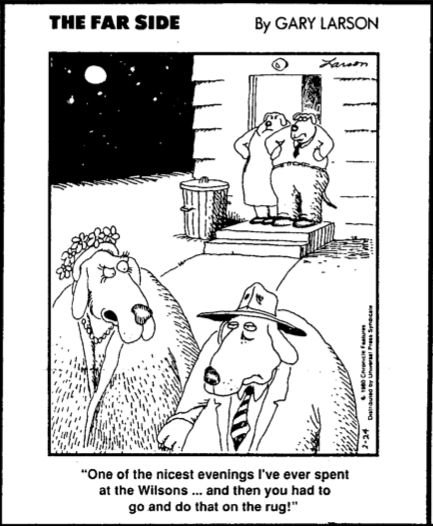
The Siege of Cincinnati
The entrenchments built during the Siege of Cincinnati were seven miles long…

Muster Roll of the Cincinnati Black Brigade
Is your family represented among the men who joined the first Black Brigade in the Civil War?
What happened to Judge Northcutt?
Was his cause of death ever investigated? He seems so young.

Cold case: Supper Club fire was arson
The Beverly Hills Supper Club fire in Southgate, Kentucky, is the seventh deadliest nightclub fire in history. It occurred on the night of May 28, 1977, during the Memorial Day holiday weekend. A total of 165 people died and more than 200 were injured as a result of the blaze.

Forbidden Fruit: Readers’ reviews and recollections
“I caddied for mobster John Croft of the Beverly hills Country Club.”


From Forbidden Fruit: The first arson in 1936
“May it please the court, we’d like to request that Circuit Judge Johnst Northcutt vacate the bench for the remainder of this case because of his demonstrated public bias and prejudice against the defendants, including but not limited to participating in a raid on one of the defendant’s place of business—”
“Motion overruled,” the judge interrupted, rapping his gavel. “You may take your seat, Mr. King.”

From Forbidden Fruit: One judge stands up to the mob
The brass-knuckle 1930s were long before Miranda rights and hands-off police questioning. They were the days when Cincinnati Detective Robert “Machine Gun” Meldon challenged a Newport mobster to a shootout in the street. Meldon waited with his trademark Tommy gun, which was invented in Newport by General John Thompson. The mobster never showed up, and Machine Gun Meldon’s legend grew with his list of kills.

Words of Wisdom
"No good deed goes unpunished" seemed to describe an unusual number of management decisions.

Addicted to old roadsters
I've had the engine out more times than I want to remember. Skinned knuckles heal, but the moment you find out you have to pull an engine for the third time can leave permanent scars on that part of the brain that feels pain and attraction to old British cars.
